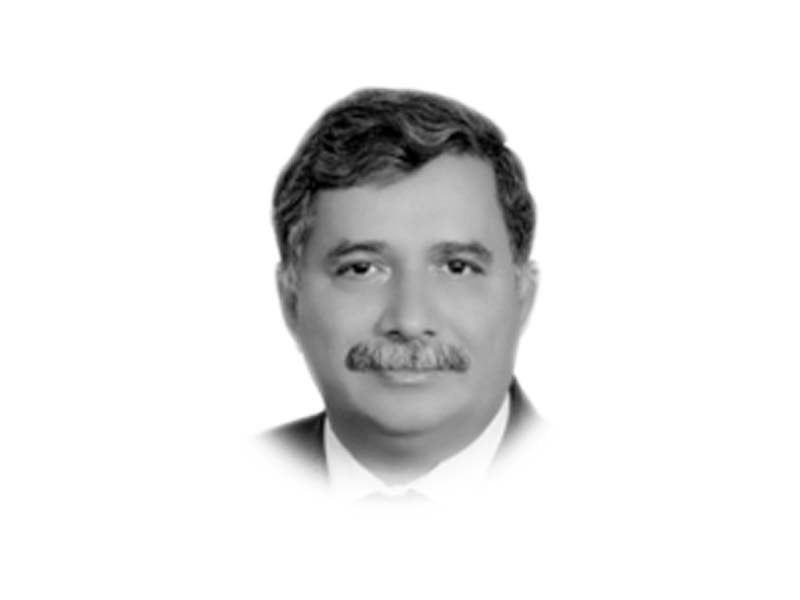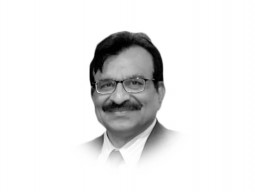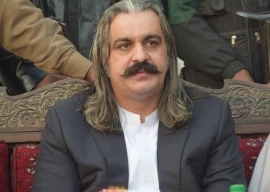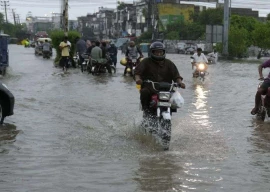
Good governance is all about service delivery in an efficient and effective manner, mostly centring around food security, provision of potable water, healthcare service, housing and civic amenities. Even though both civil and military rulers have been harping upon governance reform, this has remained a distant dream for the majority of the Pakistanis. Let’s assess the commitments of our rulers over the years by having a glance on their speeches and manifestos.
PTI had claimed to establish a just and equitable society by ensuring an egalitarian rule of law, economic justice, meritocracy and transparency. It promised a social security network, particularly for the marginalised section of society; a just order wherein lies equal opportunities of health and education for all; security of life and property; and an overhaul of the rotten system. In short, a Naya Pakistan was encapsulated to the people of Pakistan.
Saying no to Praetorianism and laying emphasis on people’s power, PML-N promised to focus on governance; social development; educational and health facilities; empowerment of the people by improving their quality of life and making them an engine of national development. They also boasted of achieving measurable targets in the realm of terrorism, energy and economy, such as the addition of 11,000MW to the national grid; achieving an annual growth rate of 5.8% in 2017-18; bringing the inflation rate below 4%: and carrying out infrastructural development under CPEC. They also assured good governance.
With peace, progress and prosperity as the central theme, PPP claimed to be championing the cause of the downtrodden; protecting the weaker section of the population; and empowering the underprivileged. The party promised to focus on social justice through social welfare schemes, with a focus on freeing people from hunger and helplessness; opening new avenues with a special emphasis on the youth, guaranteeing a one-year internship programme to control unemployment; calling for establishing a system of economic justice; strengthening democracy; mainstreaming women; empowering and protecting minorities; and ensuring rights and securing peace for the people; enhancing social security by expanding the Benazir Income Support Programme (BISP), with a promise of providing the Benazir Kisan Cards under ‘Zarai Inquilab’.
The bottom line of all the manifestos has been the assurance of good governance. The governments of the day are being elected on the basis of their election promises and manifesto, and are then assessed on measurable targets.
All said and done, the obvious question is: despite claims of improved economic indicators, has the trickledown effect ever reached the common man?
Analysed under the factsheets of UNDP and ADB, the stark reality in the words of Dr Mahbubul Haq is that there is an island of prosperity in an ocean of poverty. The bitter fact is that the 24.3% population still lives below the poverty line; and only 2.3% of the population has the purchasing power parity per day of below $1.90, according to 2019 statistics. For every 1,000 people born in Pakistan around 69 die before their fifth birthday, and the unemployment rate is around 4.5%. According to the UNDP Human Development Index, Pakistan is placed at 152 out of 189 counties and is rated at medium development. Pakistan is lagging behind India and Bangladesh in terms of HDI. Pakistan’s 2018 HDI of 0.560 is below the average of 0.634 for countries in the medium human development. India and Bangladesh stand at 135 and 129 respectively. Pakistan is 13% below the average HDI of South Asia.
The life expectancy in Pakistan was 67.1 years and average years of schooling 8.5 years in 2018 while life expectancy in Bangladesh was 72 years. Comparative inequality adjusted human development was also low in Pakistan. The multidimensional poverty index indicates that there are 541 million poor in South Asia and 75 million or nearly 14% of them live in Pakistan. Besides, an eminent economic expert Dr Ayesha is of the view that 74 million deprived Pakistanis cannot be lifted out of poverty through targeted interventions by the government. According to the study, only around 20% of the population of Pakistan has access to safe drinking water. Even a city like Islamabad faces lack of civic amenities such as the provision of gas, electricity and water, as well as sewerage lines. Besides, there is absence of a dispensary, school and a post office in certain areas. Dilapidated roads, lack of waste management, encroachment and environmental degradation are also among the lingering issues.
In this context, the most alarming news is that Pakistan was on the path of progress from 2000 to 2015 but its progress has scaled down afterwards.
The upshot of all the discussion is that we are lagging behind in social development, with people even deprived of basic necessities of life. In short, a majority of the people do not have “freedom of choices”. The situation requires reappraisal of the whole polices and resource allocations for social development through a cut in expenditure in other areas. If these issues are not catered to, we may not be too long away from a public revolution.
Published in The Express Tribune, December 2nd, 2020.
Like Opinion & Editorial on Facebook, follow @ETOpEd on Twitter to receive all updates on all our daily pieces.













COMMENTS
Comments are moderated and generally will be posted if they are on-topic and not abusive.
For more information, please see our Comments FAQ